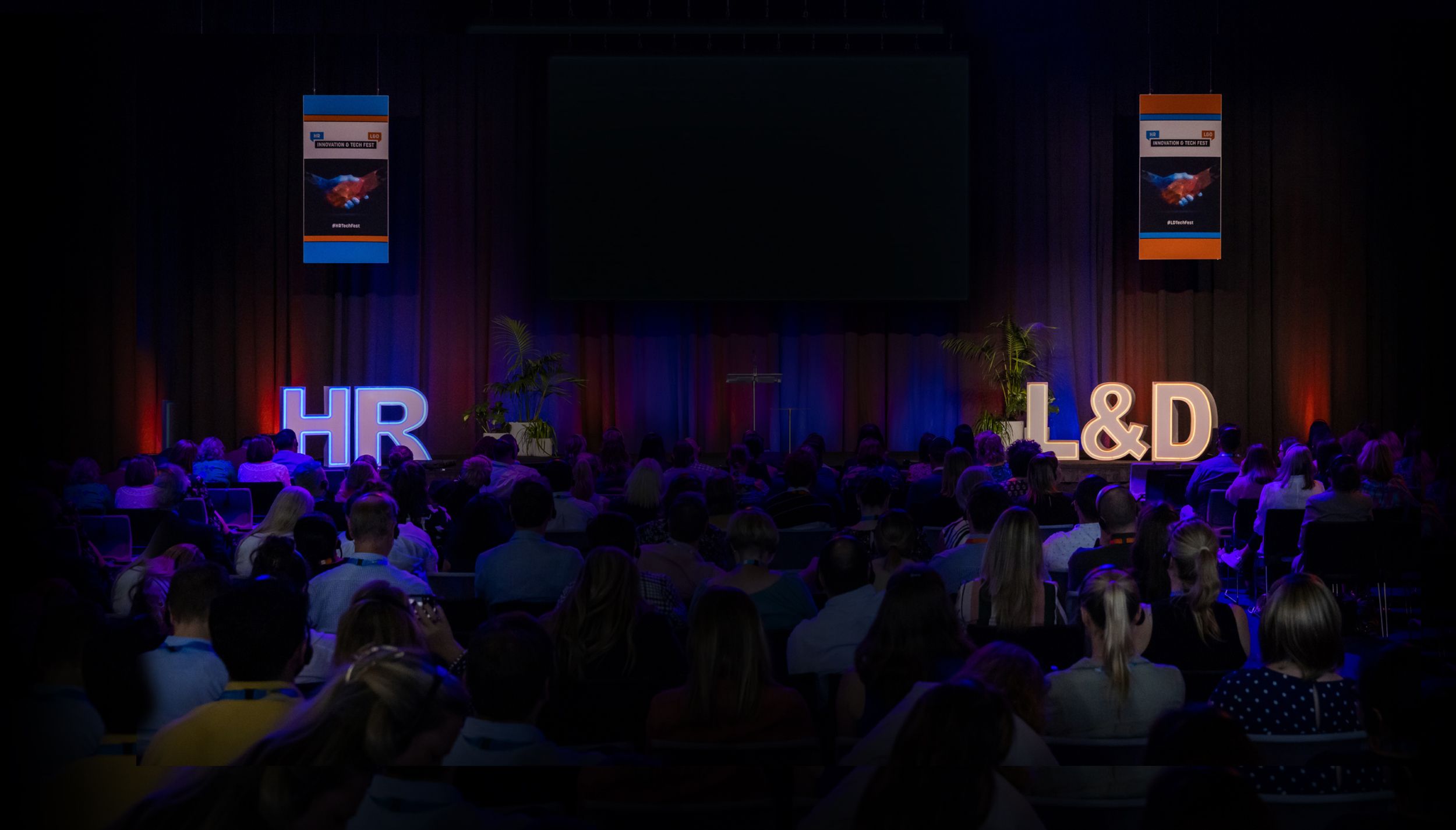How to design a better e-Learning experience
)
If remote learning programs are going to be effective in the new normal, a few simple tweaks are needed.
According to the COVID-19 L&D research report from Fosway Group, 94% of organisations are changing their corporate learning strategies in light of the pandemic. Unsurprisingly, there is a swing towards digital delivery and this push is coming from the top - 82% report that demand for digital learning has increased from senior stakeholders. Furthermore, 71% have experienced an increased demand for digital learning content from learners themselves.
According to the report, “L&D will never be the same again Only 5% think their learning strategy, investment and resourcing will go back to what it was before the pandemic began.”
It makes sense because the pandemic has undoubtedly put a lot of pressure on employees and leaders from every industry to consider new ways of doing their jobs and – in some circumstances – developing entirely new skillsets.
Reframe and redesign
Of course, in-person training isn’t likely to be off the menu forever and in some places, smaller, de-centralised groups are acceptable. However, in the interest of safety, agility, scalability and community, virtual learning environments can be designed to produce exciting results.
Delivery of an effective online learning program requires more than simply putting together instructions and publishing notes, videos, or a slide presentation online.
The power of presentation, learner fatigue, disruptions, distractions and disengagement all change the playing field in this adaptation.
Working to its potential
However, with the proper design and tools, virtual learning can be just as potent as face to face, instructor-lead, physically attended the training. In addition to the dynamic delivery of excellent materials, this requires taking steps to make the learning experience as personal, interactive and inclusive as possible.
Tips for designing a positive e-learning experience
- Set them up for success. Ensure that participants have a proper understanding of the technology, tools, delivery modules and learning materials ahead of time.
- Obvious as it may sound, teachers need to master the art of video conferencing. Articulating and engaging over devices while providing a different set of visual cues requires the development of a new skillset of its own.
- Remember inclusiveness and interaction is vital. Continue to call on people by name, ask for questions via instant chat tools, refer to locations, be aware of individual goals.
- Keep learning blocks concise. People can’t be expected to stare at a screen for the same amount of time they would be present in a training room. Try to keep sessions to no longer than 90 minutes and allow for gaps between sessions.
- Basic delivery for bite-sized content. Ensure participants have access to easily digestible foundation material before the session - send via email.
- Keep team numbers down. On video calls, seven is about the maximum number of people you can have in a team before people start talking over each other – use this as a max for breakout groups and workshops. Discussion boards can help the collaborative process between participants.
- Take advantage of the data advantage – online delivery allows for more detailed metrics capture. Measure outcomes beyond how many completed a module; record what they are learning, how they respond and their ability to demonstrate new skills and competencies.
We’ve all become adept at adapting in 2020. With the right mindset, tools and communication, L&D departments will be well placed to meet the complexities of the transformation and both the ongoing and new needs of employees.


